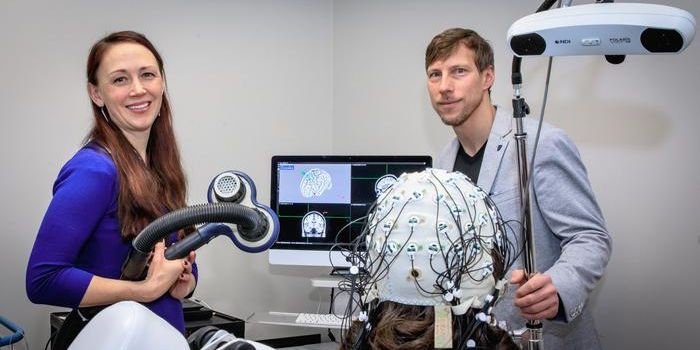More Frequent Trips to the Pediatrician Linked to a Future Autism Diagnosis
Researchers at Duke University have identified a pattern emerging from the electronic medical records of children diagnosed with autism spectrum disorder (ASD): they tend to have longer and more frequent visits to the doctor before the age of one. This new data, published in Scientific Reports, could help pediatricians flag an increased risk of developing this condition sooner, helping families to initiate interventions earlier for better outcomes.
“This study provides evidence that children who develop autism and ADHD are on a different path from the beginning,” said study lead Matthew Engelhard.
“We have known that children with these diagnoses have more interactions with the health care system after they’ve been diagnosed, but this indicates that distinctive patterns of utilization begin early in these children’s lives. This could provide an opportunity to intervene sooner.”
Around 1.5 percent of children in the United States have an ASD diagnosis and of these, 60 percent also have attention deficit hyperactivity disorder (ADHD). Behavioral and cognitive therapies to manage these conditions can represent a major financial toll for families but have been shown to be effective when initiated earlier in the child’s development, making a timely diagnosis absolutely critical.
Together with his colleagues, Engelhard analyzed over a decade of health records from a cohort of approximately 30,000 patients who had a mix of ASD and/or ADHD diagnoses or no diagnosis. The researchers tracked their charts from birth to their first birthdays, looking for hospital stays, trips to the ER, and outpatient appointments with a pediatrician or specialist.
Among the findings, children who were later diagnosed with ASD or ADHD had significantly longer hospital stays, more medical procedures such as intubations, transfusions, and ventilation, as well as more frequent appointments for specialty care services.
The researchers plan to examine these trends more closely in follow up studies, with a particular interest in the nature of the concerns that prompted these more frequent trips to the hospital.
“We want to understand these distinctions in greater detail and identify them as soon as possible to make sure children have access to the resources they need,” commented Engelhard.
Sources: Scientific Reports, Duke University.









